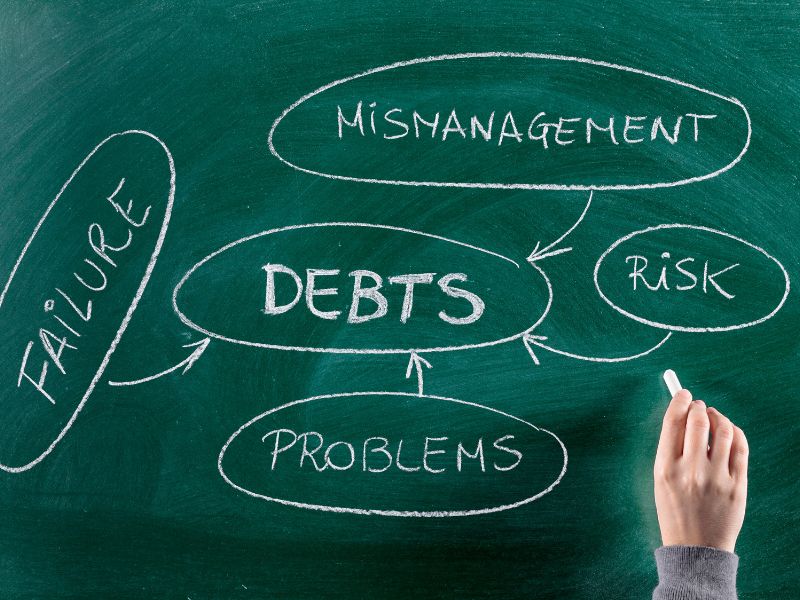
Most consumers have a variety of loans, including car loans, mortgage loans, and credit card debt, which is really just another type of loan. It’s important for borrowers to understand each type of loan, and the cost of borrowing. Use these tips to review your personal loans and to make improvements to your credit rating.
Emergency loan
You may need to borrow money quickly, in order to address an emergency, such as a car repair. If you need to pay for an unexpected expense, advance loans may be an option. You can usually apply for an advance loan online, and these loans do not require you to put up collateral as security. Advance loans are approved in just a few days, and funds can be distributed quickly.
Variable rate loans
Mortgage loans and your credit card debt may have a variable interest rate, and an increase in the interest rate will require a larger monthly payment. Make sure that you know if your interest rate is variable or fixed, and the amount that your interest rate can increase from one year to the next.
Refinancing
Refinancing a loan refers to paying off one loan with a new loan that is more attractive to the borrower. If your credit rating has improved since you took out a particular loan, you may be able to refinance your debt. A refinanced loan may offer a lower interest rate, or the loan may be set up over a longer term. Both of these changes can lower your monthly payment.
Keep in mind, however, that extending the term of your loan may require you to pay more interest over the life of the loan, even if the interest rate is lower. For example, if you refinance a 6%, 24-month loan with a 5%, 36-month loan, the total interest you pay may increase.
Credit score
Your credit score has a big impact on your ability to borrow, the amount you can finance, and the interest rate charged on your loan. When you apply for a loan, you give the lender permission to access your credit report, which is a history of the amounts you’ve borrowed, and the payments made. The report assigns a credit score, which is an assessment of your creditworthiness, compared with other borrowers.
Federal lending laws allow you to access your score, and the credit reporting information used to calculate it. Check the information in your credit report to verify that it is accurate and up to date. Credit bureaus, which collect credit data, are required to post any payment activity they receive from a lender. Positive credit information, such as a debt payoff, may not be quickly reported to the credit bureau.
If you’ve paid off a debt and the payoff is not reported to the credit bureau, ask your lender to send the information. The law requires lenders to report credit information correctly so that your score is based on accurate information.
Increasing loan repayments
The best way to improve your credit score is to pay down your debt quickly. You can repay debt faster by increasing your monthly payments, starting with the debt carrying the highest interest rate.
Assume, for example, that you have a 7% student loan, an 8.5% car loan, and a 12% credit card balance. If you pay more than the required monthly payment on the credit card, you can reduce the total amount of interest paid. Once the 12% credit card balance is paid off, increase payments on the car loan.
To find more money for debt payments, review your monthly spending. Pull together your bank statements and credit card activity, and assign each expense to a category (loans, utility payments, food, etc.) Take a close look at your variable expenses, because you have some control over the amount you spend on them. Cut back on meals out and entertainment, for example, and use the savings to make larger debt payments.
Stick with your plan
Review your spending each month to find ways to increase debt repayment. Paying back your debt faster can increase your credit rating and reduce your cost of borrowing in future years. With proper planning, you can improve your financial situation.